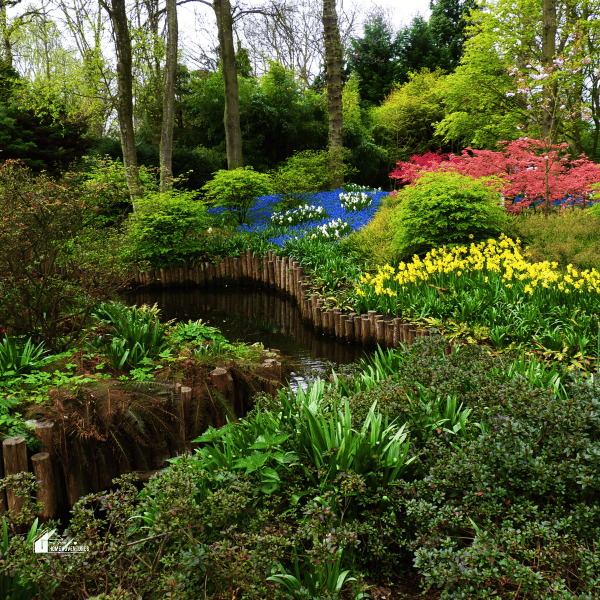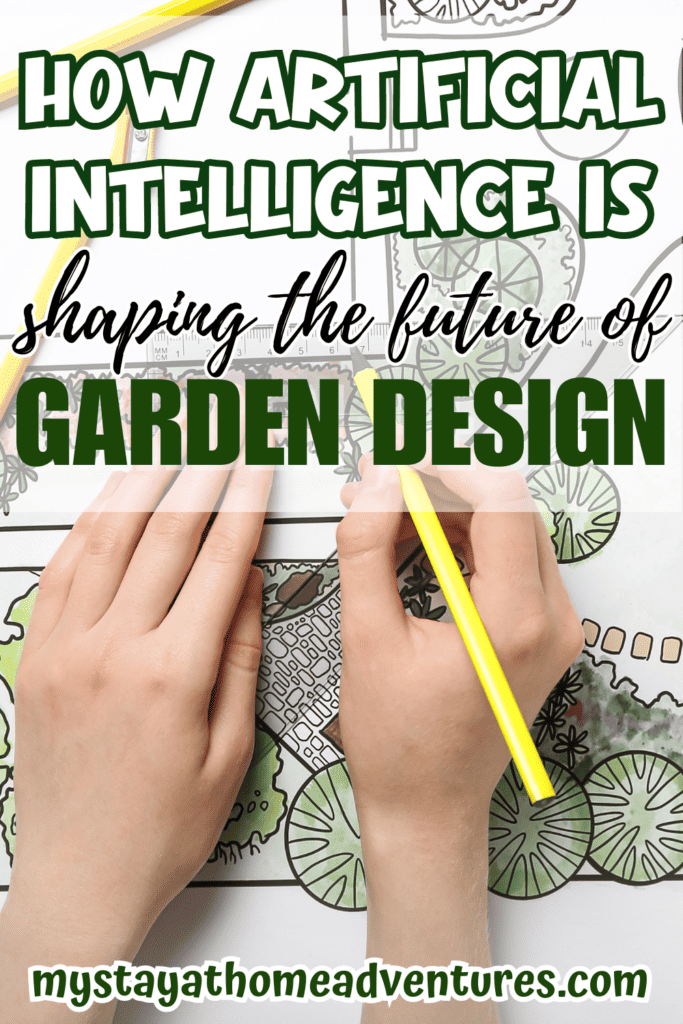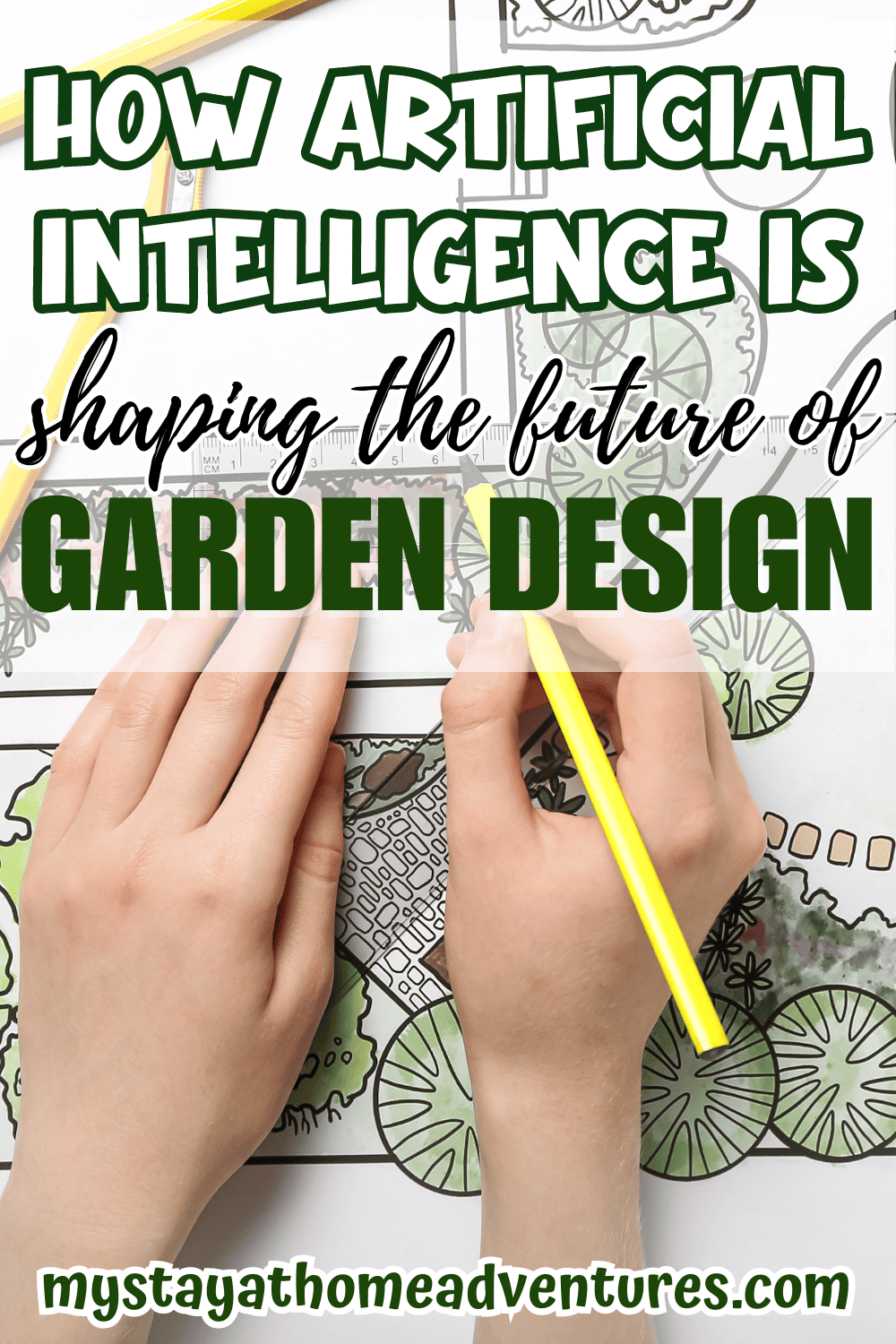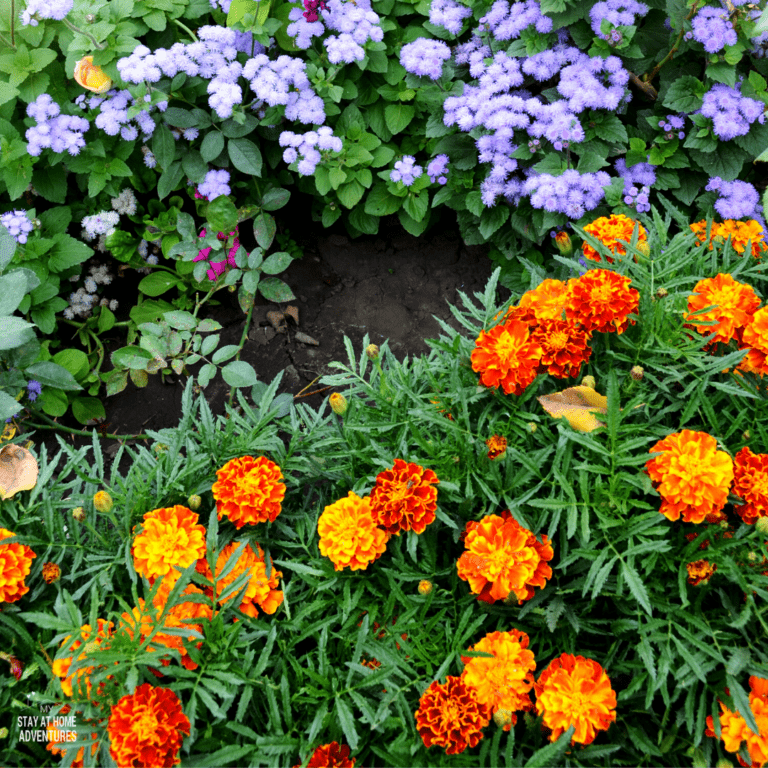How Artificial Intelligence is Shaping the Future of Garden Design
This post may contain affiliate links which might earn us money. Please read my Disclosure and Privacy policies hereArtificial intelligence is introducing a new stage for designing a garden, altering how we finish open-air or outside spaces. This technology isn’t just for the pioneers of advanced mechanics such as robotics and automation; it’s changing the land spaces we have. In this article, we will look at how artificial intelligence is designing the future of making gardens, explaining its effects in terms of style, efficiency, and maintenance.

Understanding AI in Garden Design
The understanding of AI in garden design looks like AI systems (built on differential equations, machine learning, and probabilistic models) that deconstruct specific conditions of plant development and a general garden feel. Overall and overwhelmingly, AI systems can provide valuable insights about soil synthesis, environmental conditions, and plant prototypically. A data-driven approach encourages designers to make conscious decisions about gardens that maximize opportunities in their specific place.
Smart Plant Selection
Among the most important of them is the advent of smart plant selection, which AI is capable of doing in ways that older selection methods don’t. By necessity, traditional gardening techniques often leave the selection of ‘reasonable’ plants up to the horticulturist; taking into account soil conditions and the natural environment is generally time-consuming and requires technical skill. AI can and does excel at these sorts of considerations (microclimates, seasonal changes, etc.). Much as we saw with agriculture, advanced AI will redefine ‘reasonable.’
Such AI algorithms project how different species of plants will react to one another, to their evolving surroundings, and, more importantly, to the emergence of both pleasant and inhospitable environments as garden structure combinations. In effect, AI is developing a sort of diasporic green feel, guiding designers in sequencing plant determinations that make sense as well as flourish within their allotted sites.
Environmental Analysis
Artificial intelligence's ability reaches out to the investigation of natural factors that affect garden wellbeing. Sensors and information collection devices incorporated into the garden infrastructure continuously monitor factors like daylight, temperature, and moistness. AI processes this information continuously, providing instant input to garden management systems.
For example, assuming the AI identifies an expansion in temperature, it can set off automated irrigation systems to make sure the plants get adequate water. This unique responsiveness improves the flexibility of gardens, making them stronger for evolving conditions. The outcome isn't just better plants but additionally decreased water consumption, adding to economical garden practices.

Aesthetic Optimization
Beyond the practical aspects of gardening, AI is impacting the stylish elements of outdoor spaces. Computer vision technology permits AI frameworks to dissect visual components, for example, a variety of designs and spatial courses of action. This empowers the generation of design suggestions that line up with the ideal tasteful inclinations of the garden owner.
Imagine an AI-controlled device that can recommend ideal positions for various sorts of blossoms and bushes in view of variety, amiability, and sprouting designs. This works on the design cycle as well as guaranteeing an outwardly engaging garden over time. By incorporating AI into inventive strategies, creators can find some kind of harmony between usefulness and magnificence.
Automated Maintenance
The AI effect on garden design stretches out to support assignments, offering arrangements that smooth out the maintenance of open-air spaces. Mechanical yard cutters outfitted with artificial intelligence calculations can explore gardens, staying away from hindrances and taking care of examples in view of lawn development rates. This recovers time as well as lessens the dependence on labor.
Additionally, AI-powered drones can be conveyed for airborne examinations, distinguishing potential issues like pest infestations or nutrient deficiencies. Early recognition takes into consideration designated intercessions, forestalling the spread of issues and limiting the requirement for broad medicines. The outcome is a more proficient and manageable way to deal with garden support.
Challenges and Ethical Considerations
While the use of AI in garden design presents various advantages, tending to possible difficulties and moral considerations is fundamental. Protection concerns might emerge with the organization of sensors and cameras in outside spaces. Finding some kind of harmony between information-driven bits of knowledge and individual protection freedoms is critical for the capable execution of AI advancements in gardens.
Moreover, there is the gamble of over-dependence on innovation, prompting a distinction between people and nature. The embodiment of cultivating lies in the material experience of working with soil and plants.
Even more so, AI should buttress this experience and not merely supplant it. There would be no divorcing AI from the delightful tradition of planting.
Future Implications
The AI circle expands and may be called upon even in such humble an enterprise as garden design. Advances in biotechnology, the mechanics of human muscle, and materials science can bring about changes like garden designs that heal themselves or plant species bred for aesthetic or specific functional purposes. Such developments are not outlandish.
AI labs providing tools for design to regular citizens would allow owners of small plots or yards to create and maintain delightful, sustainable garden spaces. User-friendly touchpoints and AI-led tutorials could open agriculture more; hence, the future will beckon a wider audience for green living.

Conclusion
In conclusion, the future of AI will play a major role in gardening. From wise selection of plants and feats of natural observation to aesthetic improvement and automatic solar, AI is raising the productivity, sustainability, and appeal of the out-of-doors in general.
Nonetheless, as this new era progresses, we need to approach it with skepticism and morality. How the advantages of AI can be combined with concern for safety, environmental impact, and the anthropology of nature will determine whether AI will shape the future society of tomorrow's gardens. Ultimately, the interplay of the human imagination with AI-guided insights holds the path to releasing the full power of garden design in the 21st century.







